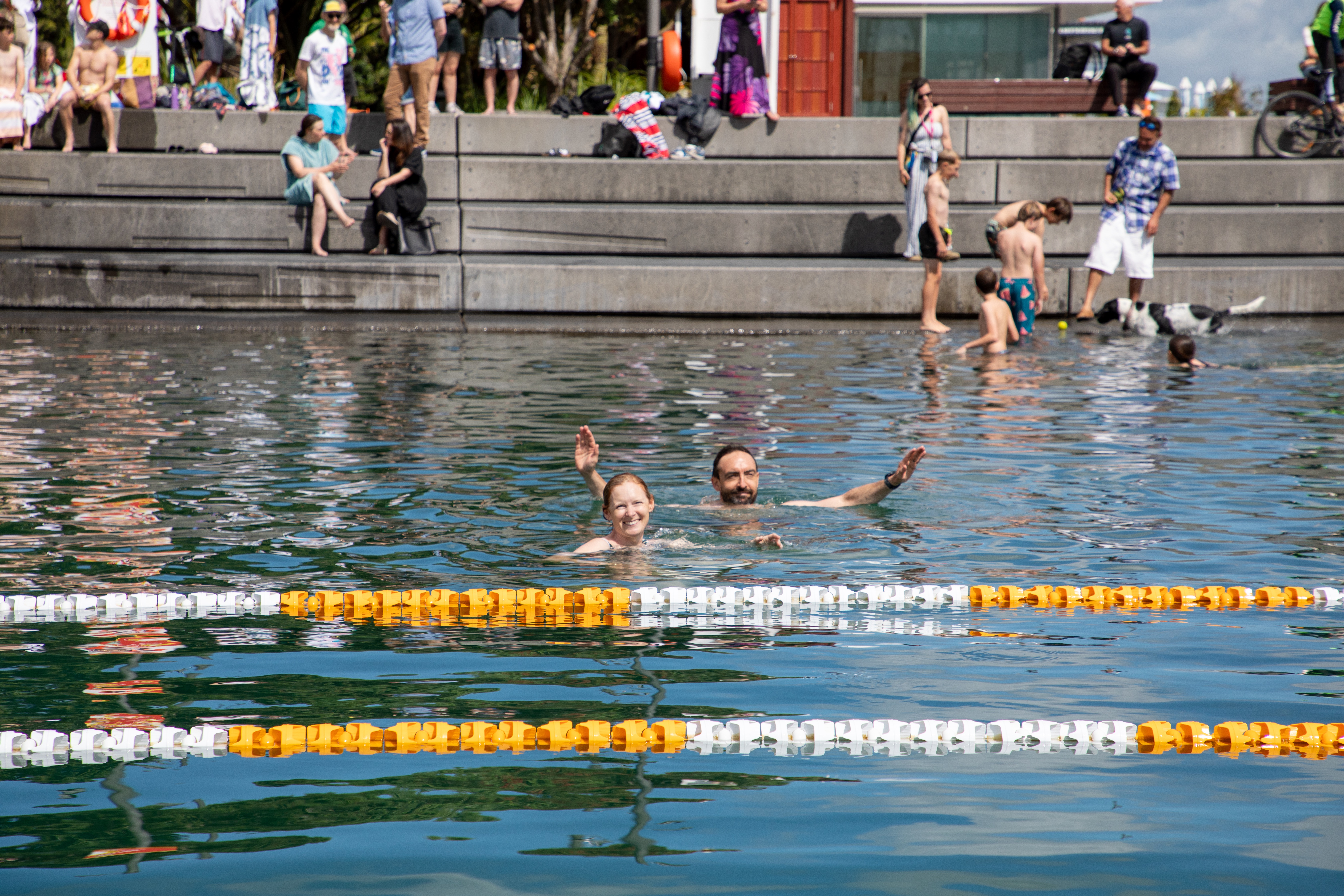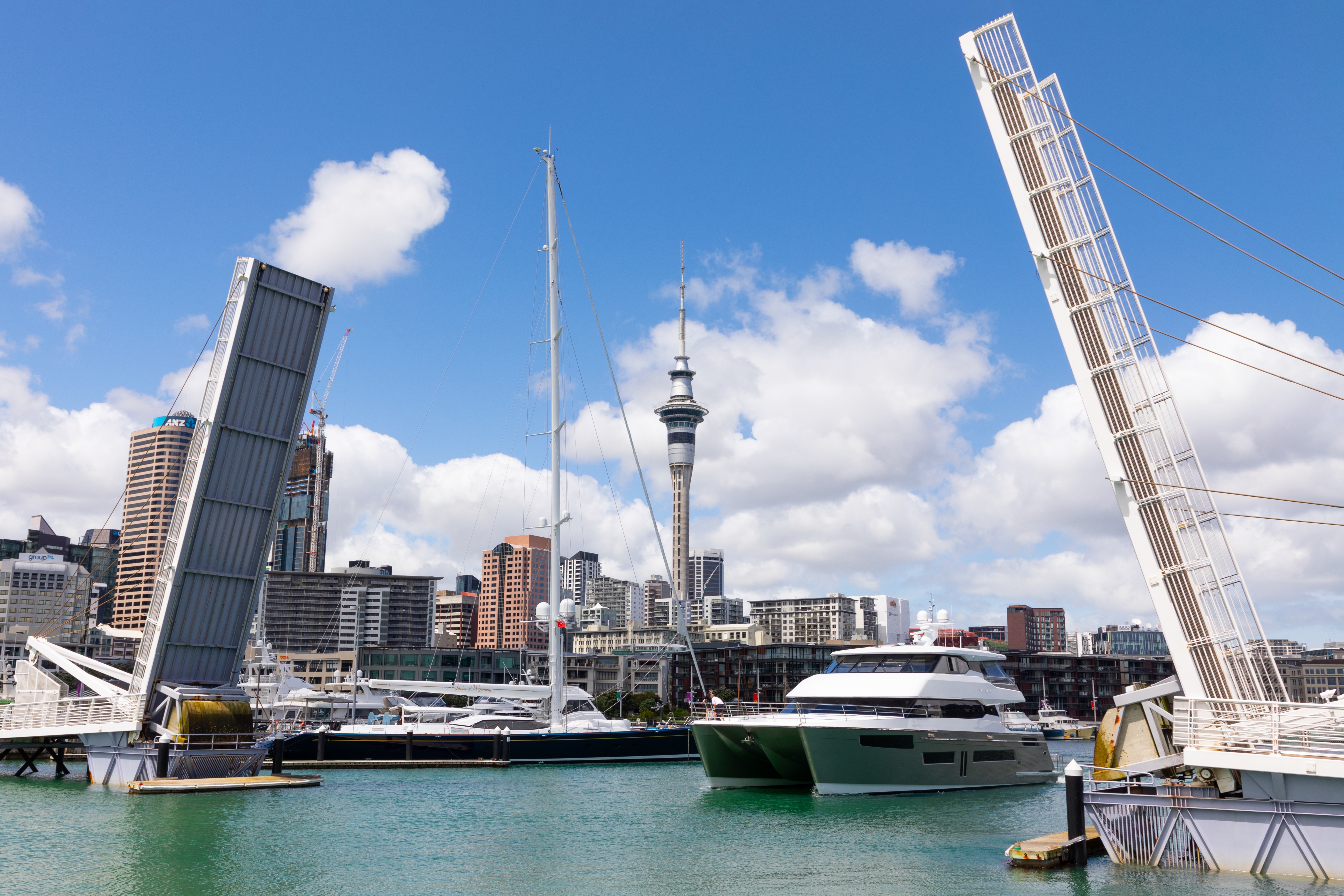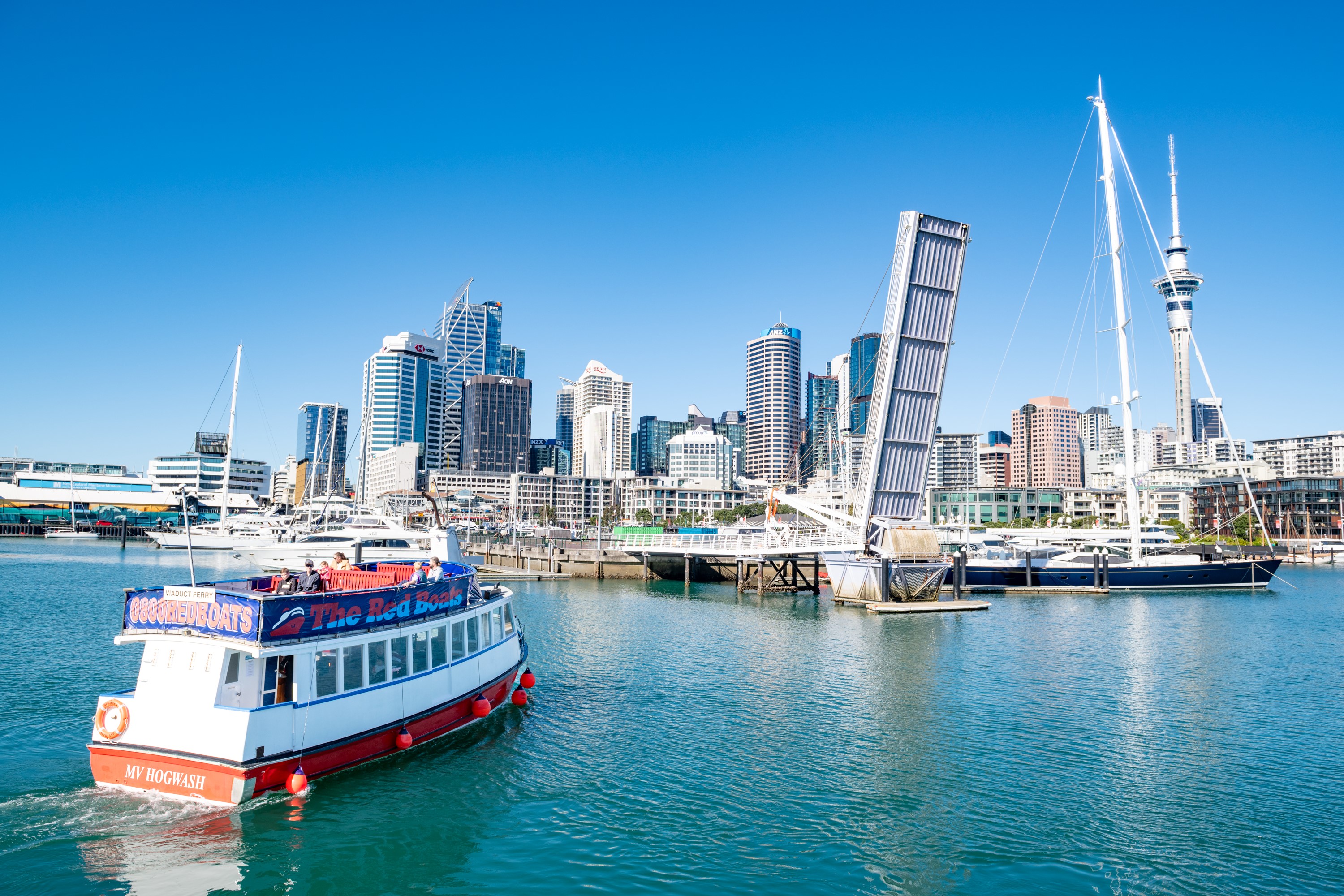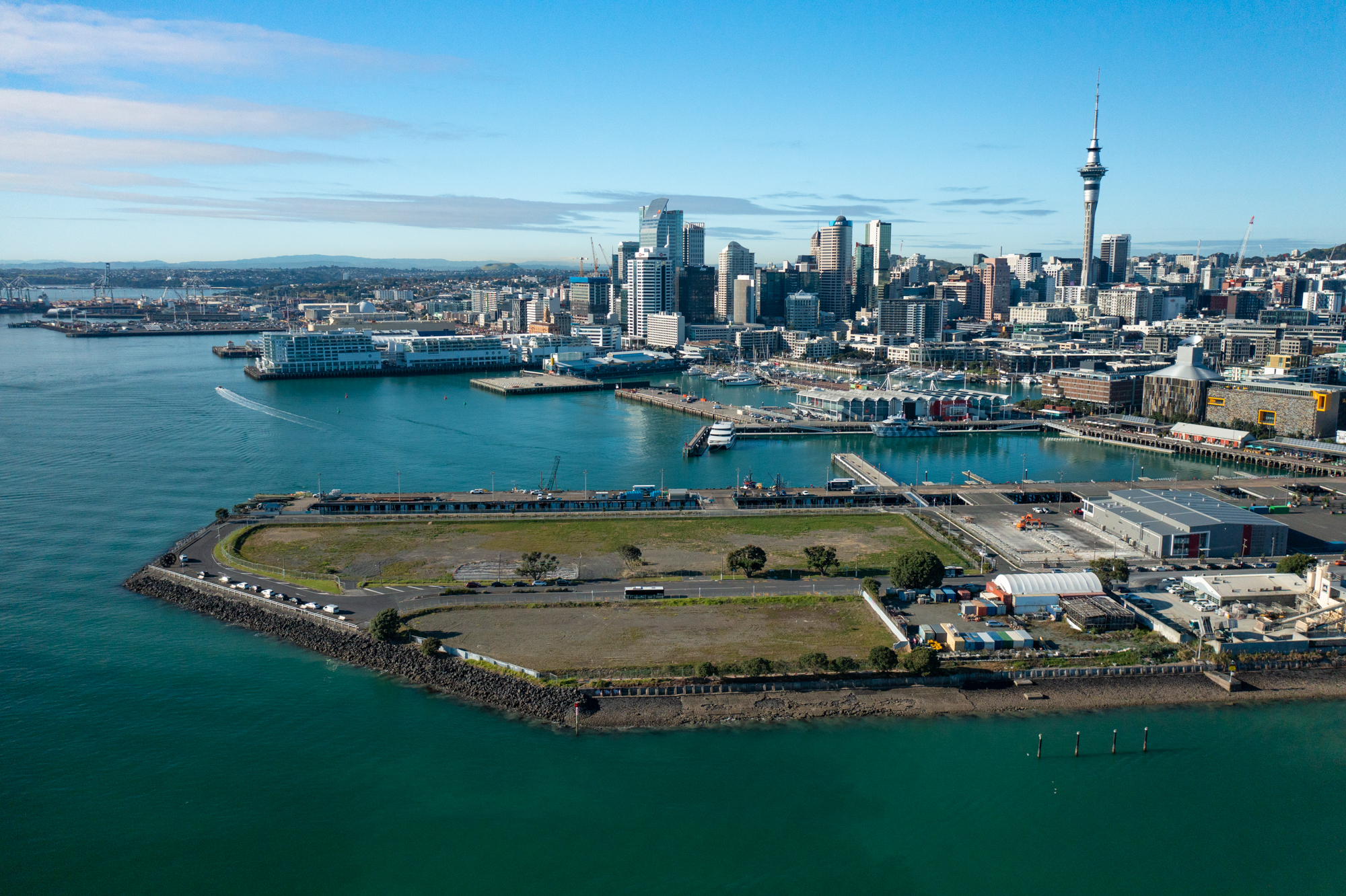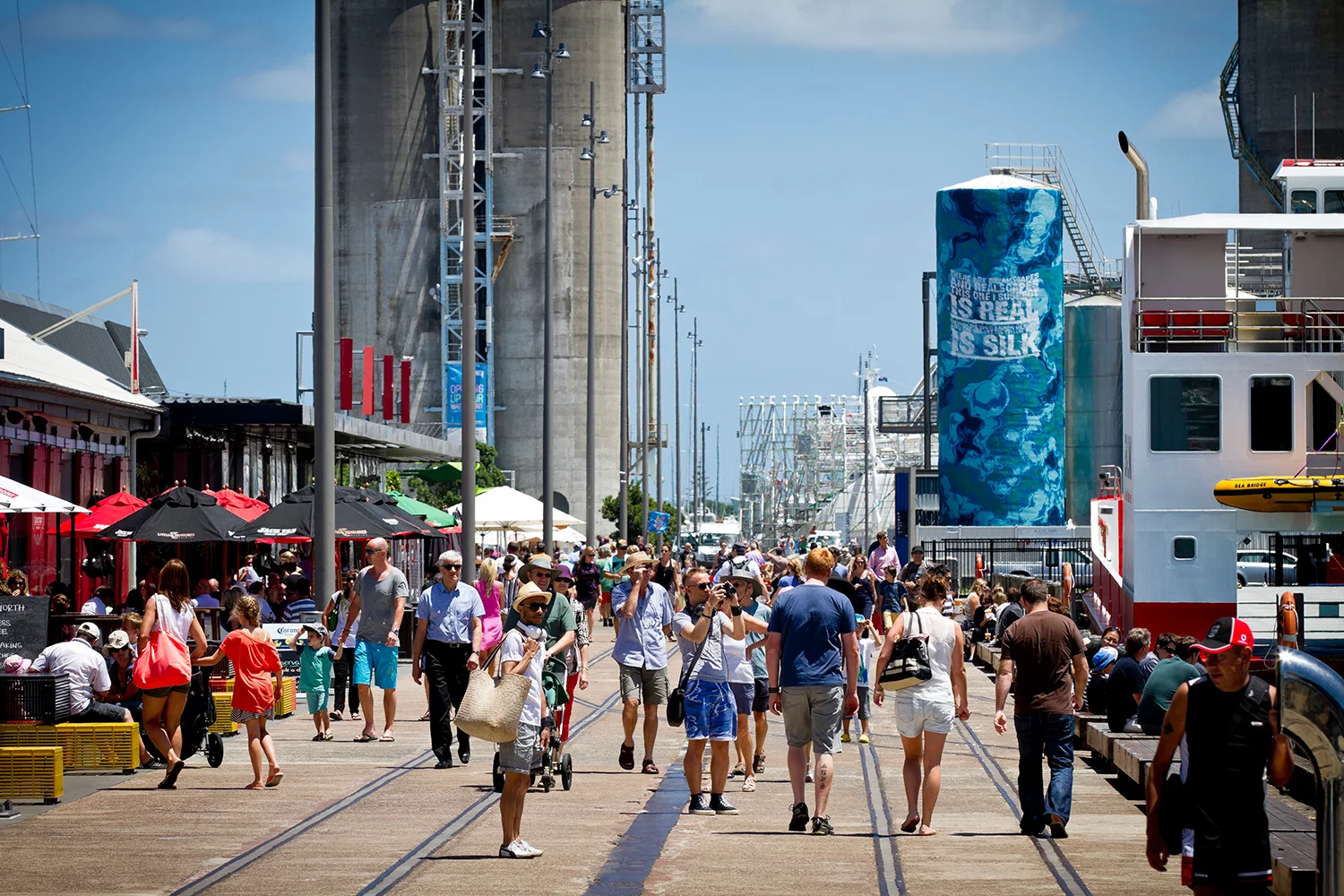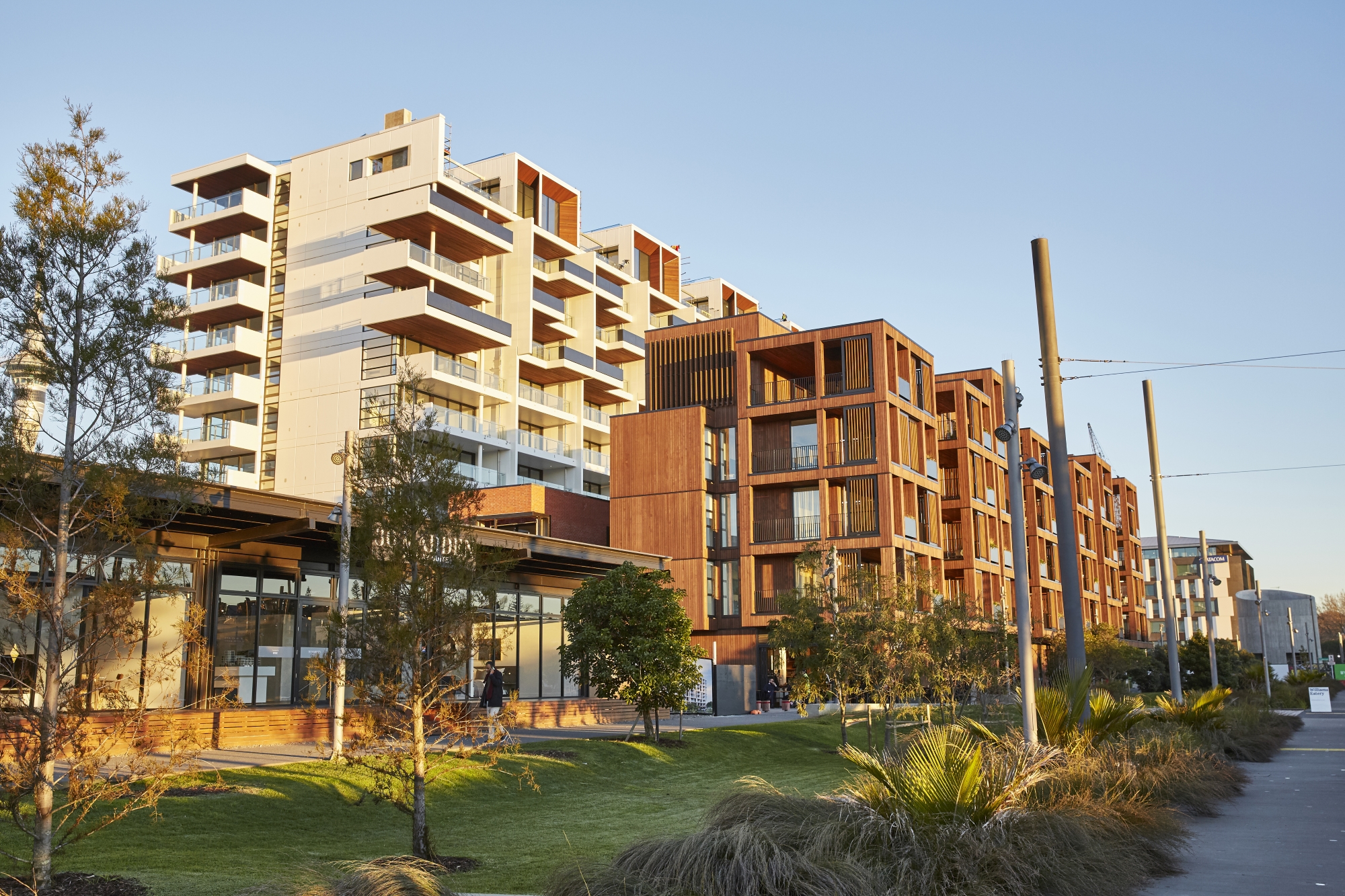3D-printed marine modules to restore marine life and mauri in Te Waitematā
2024 - TBC
- Wynyard Quarter
- In Progress
New technology is being used to support the healthy marine environment for Te Waitematā.
Te Tāmata Mauri (Heal): We remember the original landscape that was a flooded valley and is now Te Waitematā, to acknowledge its origins and reinstate a living and interconnected system that brings health and wellbeing to Te Waitematā.
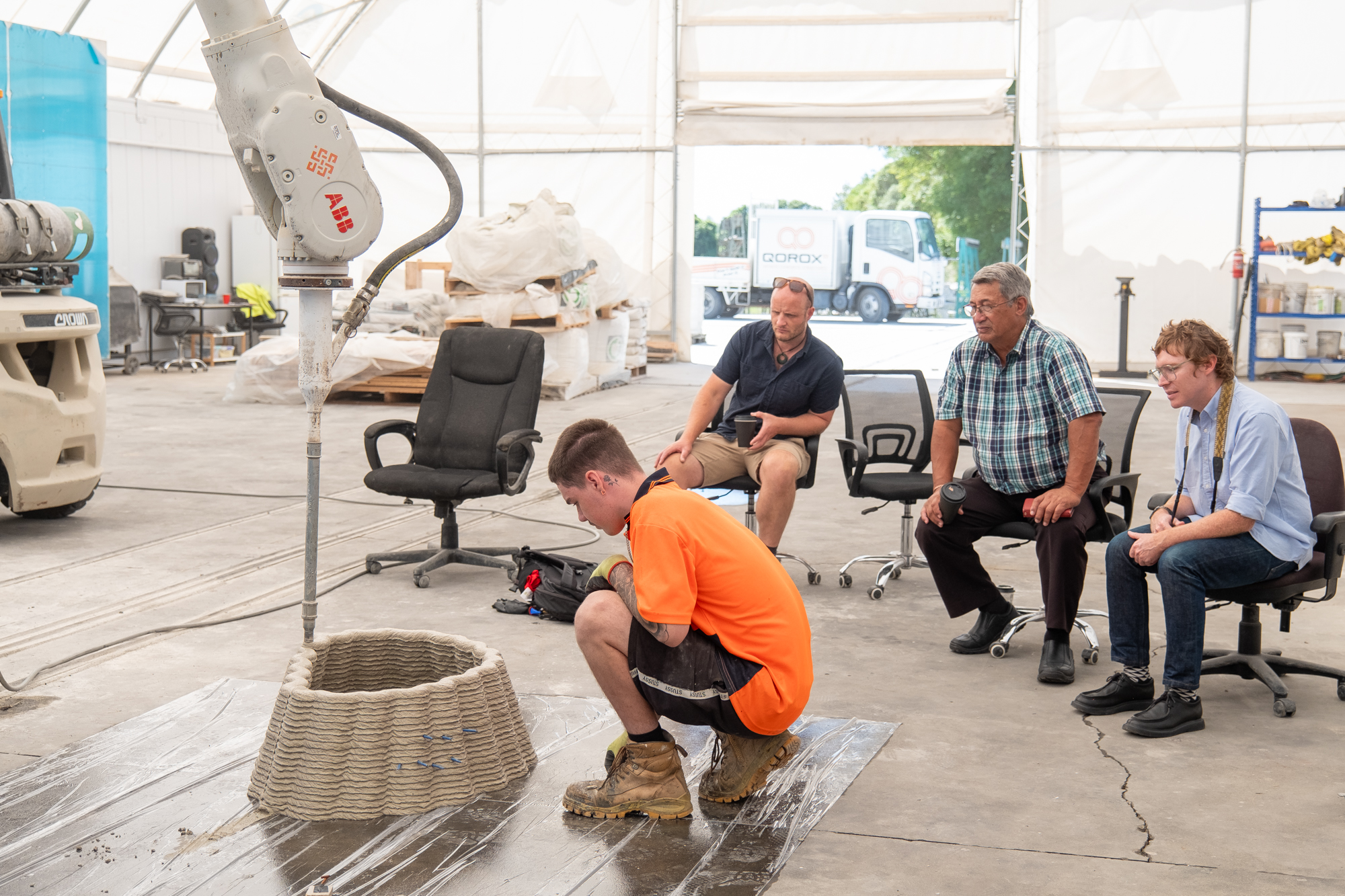
New technology is being used to support the healthy marine environment for Te Waitematā, with the creation of 3D printed modules to be placed in the waters surrounding Westhaven Marina and Wynyard Point. As custodian of the city centre waterfront, this project is another step in ensuring the health of the moana is not just maintained but improved when urban regeneration takes place on the water’s edge.
For many years, Eke Panuku has been transforming the city centre waterfront in a way that repairs the land and removes toxins that may flow into the sea.
For example, Eke Panuku has used a product called ‘mudcrete’ (a mixture of seabed mud and concrete) in the sea walls at Westhaven Marina and Wynyard Quarter. Roadside ‘rain gardens’ in both Westhaven and Wynyard Quarter help to catch and filter stormwater before it reaches Te Waitematā.
Working in partnership with Mana Whenua, the aspiration to improve conditions for marine life was also identified as an important part of the upgrade to the Westhaven seawall, which was initially built in the 1930s.
A recent underwater survey of the existing seawall showed that heavy tides and pollutants had impacted marine life, so plans to upgrade the seawall will also include the creation of new habitats for marine species.
The design team appointed by Eke Panuku, comprising of Landlab, Beca and Dr. Jarrod Walker marine ecologist (Tātaki Ltd), looked at how concrete marine modules could be placed within the seawall, creating a porous 'foothold' for marine species.
“Normally these marine modules are not purpose-built, they have a standard form. However, we needed them to be a unique size and shape, so we sought the help of 3D printing specialists Qorox based in Hamilton,” explains Fiona Knox, Priority Location Director - Major Projects at Eke Panuku.
Made from a special blend of concrete, they are shaped in the form of large ngākihi (limpets) and werewere (barnacles), which, when placed in the water, will create a rockpool effect.
Jarrod Walker says: “The intention is to create better habitats for sea life than what is found on standard sea walls. So, some will be permanently submerged underwater, while others will lie mid-way in the intertidal zone. There will also be some that will be fully exposed at low tide.”
The tidal changes will allow for a wider range of sea life to live in these rockpool-type habitats. For example, the modules permanently submerged underwater may allow for seaweeds to grow on them.
The purpose of these marine modules is to support the growth of healthy marine systems. Some will have seaweed attached to them and become a source of food and shelter for marine life, others will have mussel ropes attached to them, and will help to improve water quality, similar to what has been used at Te Wānanga.
The first prototypes of these limpets and barnacles were printed in early March 2024. Once they have been tested and trialled, permanent versions will be created and used within the Westhaven seawall project. Lessons learned from this initiative will then be developed on a larger scale for Te Ara Tukutuku, the project to regenerate Wynyard Point.
“These 3D printed ngākihi (limpets) are just one of the methods we’re applying to restore healthy land and water to Te Waitematā,” concludes Fiona.







